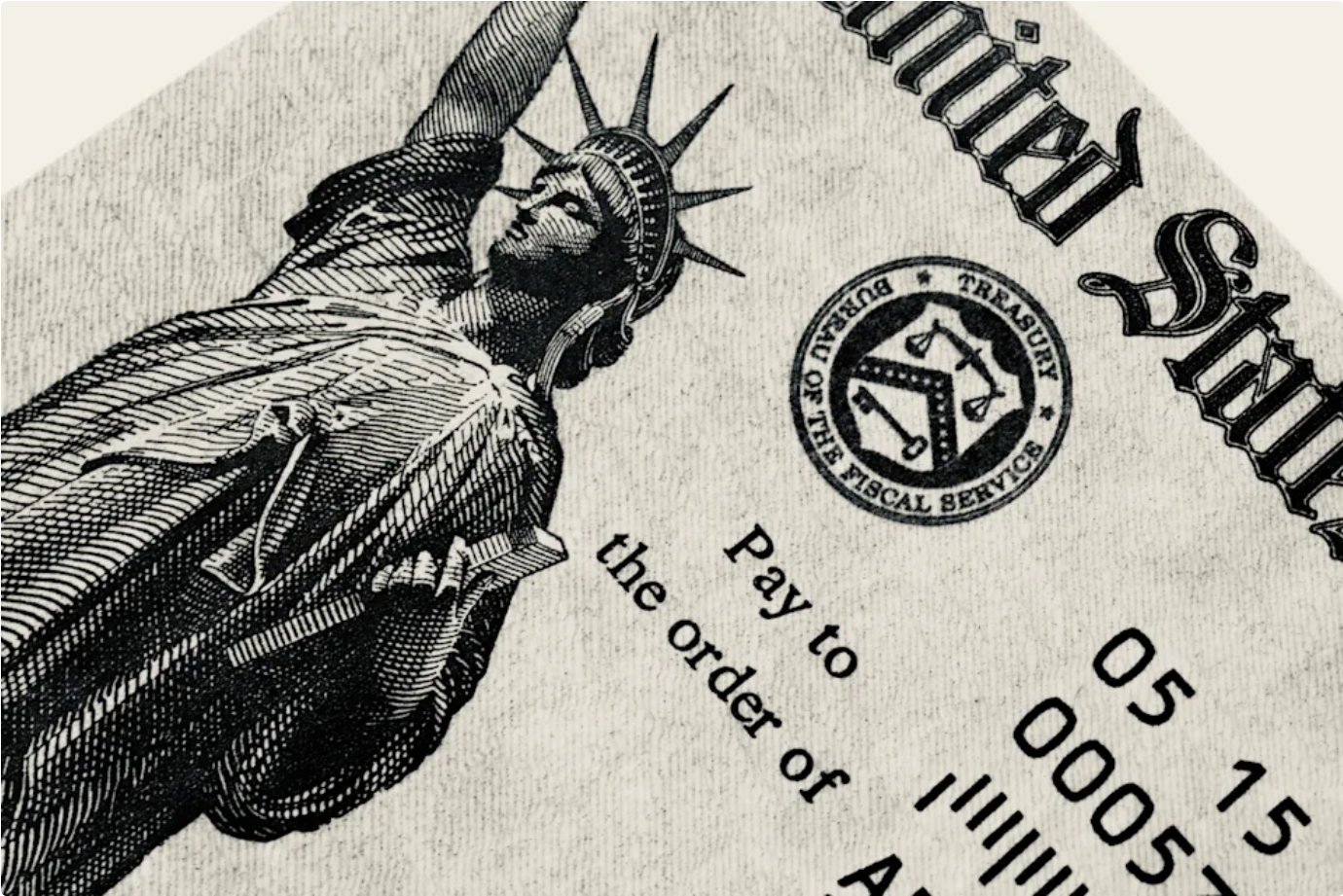Every tax season, the expectation of tax refunds is always anxious. However, although most taxpayers’ tax refunds can be received within three weeks, many people still face the trouble of delayed tax refunds. This article will systematically sort out the common reasons, influencing factors and how to query and deal with tax refund delays, to help you sort out your thoughts and reduce anxiety.
1. Normal time frame for tax refunds to arrive
According to the IRS, about 90% of tax refunds in 2025 will be issued within 21 days if they are electronically filed and direct deposit is selected. The estimated time for different filing and refund methods is as follows:
| Filing and refund method | Estimated arrival time |
|---|---|
| Electronic filing + direct deposit | Up to 3 weeks |
| Paper filing + direct deposit | 4 to 8 weeks |
| Electronic filing + mailed refund check | About 4 weeks |
| Paper filing + mailed refund check | 4 to 8 weeks |
2. Common reasons for delayed tax refunds
- Incorrect filing or incomplete information
Social Security number (SSN) does not match IRS records, wrong filing status, missing dependent information or missing necessary forms will cause the tax refund to be shelved and enter the manual review process. - Apply for specific tax credits
For taxpayers who claim the “Earned Income Tax Credit” (EITC) or the “Additional Child Tax Credit” (ACTC), the IRS will delay the issuance of tax refunds to prevent fraud, usually until at least the end of February. - Identity verification procedures
In recent years, there has been an increase in tax identity theft cases. The IRS conducts identity verification on suspicious returns and requires taxpayers to confirm their identities through verification letters (such as IRS Letter 5071C). Failure to respond in time will delay tax refunds. - Paper returns and amended returns
Paper returns take a long time to process, and amended returns usually take 8 to 16 weeks to complete. - Bank account information errors
If the direct deposit account information is incorrectly filled in, the IRS may change to mailing checks, resulting in longer time. - Tax system upgrades and staff shortages
In 2025, the IRS will be affected by technology upgrades and staff shortages, which will affect the processing speed and cause some tax refunds to be backlogged. - Historical tax arrears or audits
If the taxpayer has unpaid old taxes or is under audit, the IRS may withhold the tax refund as a deduction.
3. How to check the tax refund status?
- Use the “Where’s My Refund?” tool on the IRS official website. Electronic filers need to check it 24 hours after filing, and paper filers are advised to wait 4 weeks to check it.
- If the refund is delayed for more than 21 days (electronic filing) or 6 weeks (paper filing), and the tool prompts to contact the IRS, you can call the IRS customer service number or visit the Tax Service Center for help.
4. How to avoid refund delays?
- Carefully check the information you file to ensure that your social security number, dependent information, and bank account are accurate.
- Use electronic filing and direct deposit, which is the fastest way to get a refund.
- Avoid filing too early. The IRS usually starts accepting filings at the end of January. Filing too early may delay processing because the system is not yet open.
- Prepare all required documents, especially when applying for tax credits, make sure to submit complete materials.
- Respond to the IRS’s identity verification request in a timely manner to avoid unnecessary delays.
Although tax refund delays are worrying, most cases are due to reporting errors, identity verification, or backlogs at the IRS. Understanding the tax refund process and common obstacles, arranging the reporting time reasonably, filling in the information accurately, and actively cooperating with the IRS can effectively shorten the waiting time. Staying patient and using official tools to track in real time are the best strategies to deal with tax refund delays.
